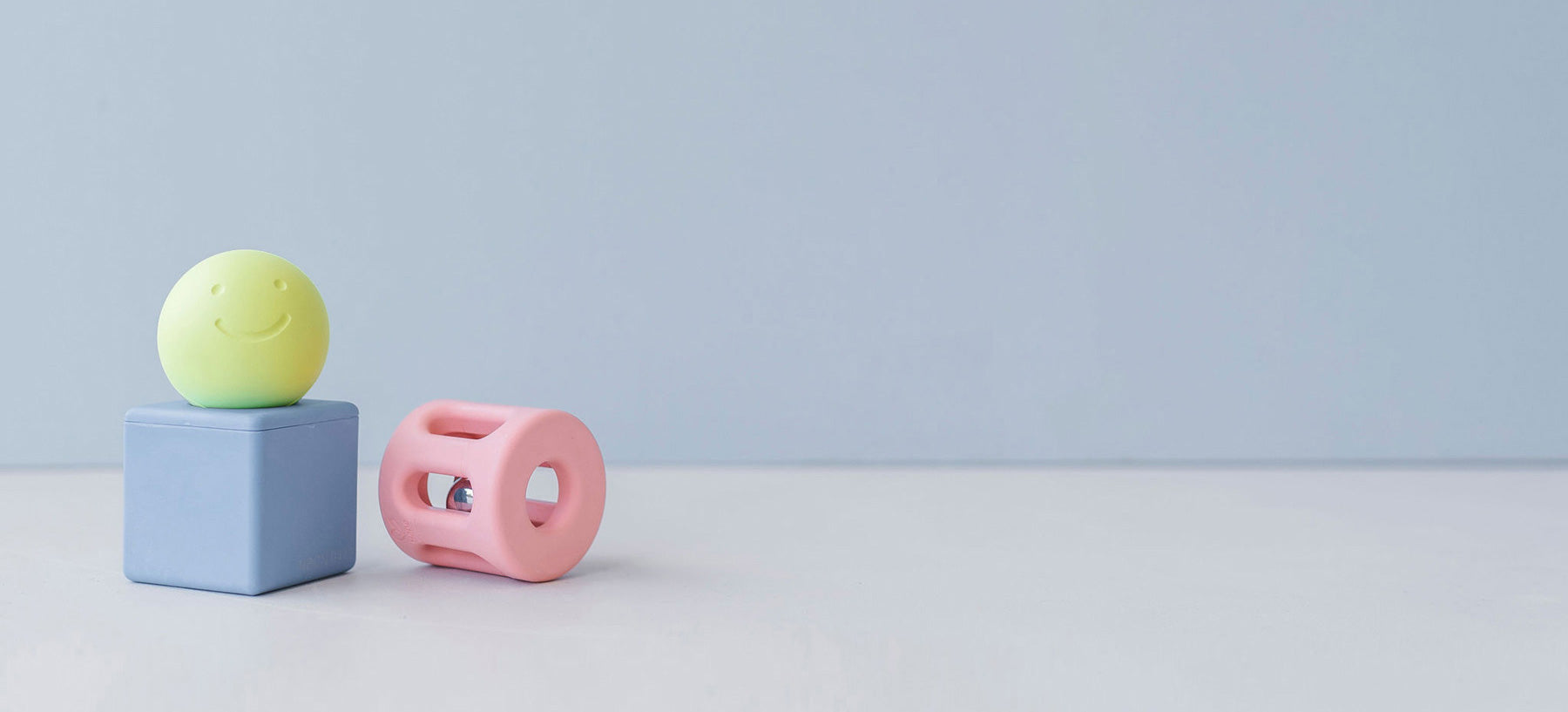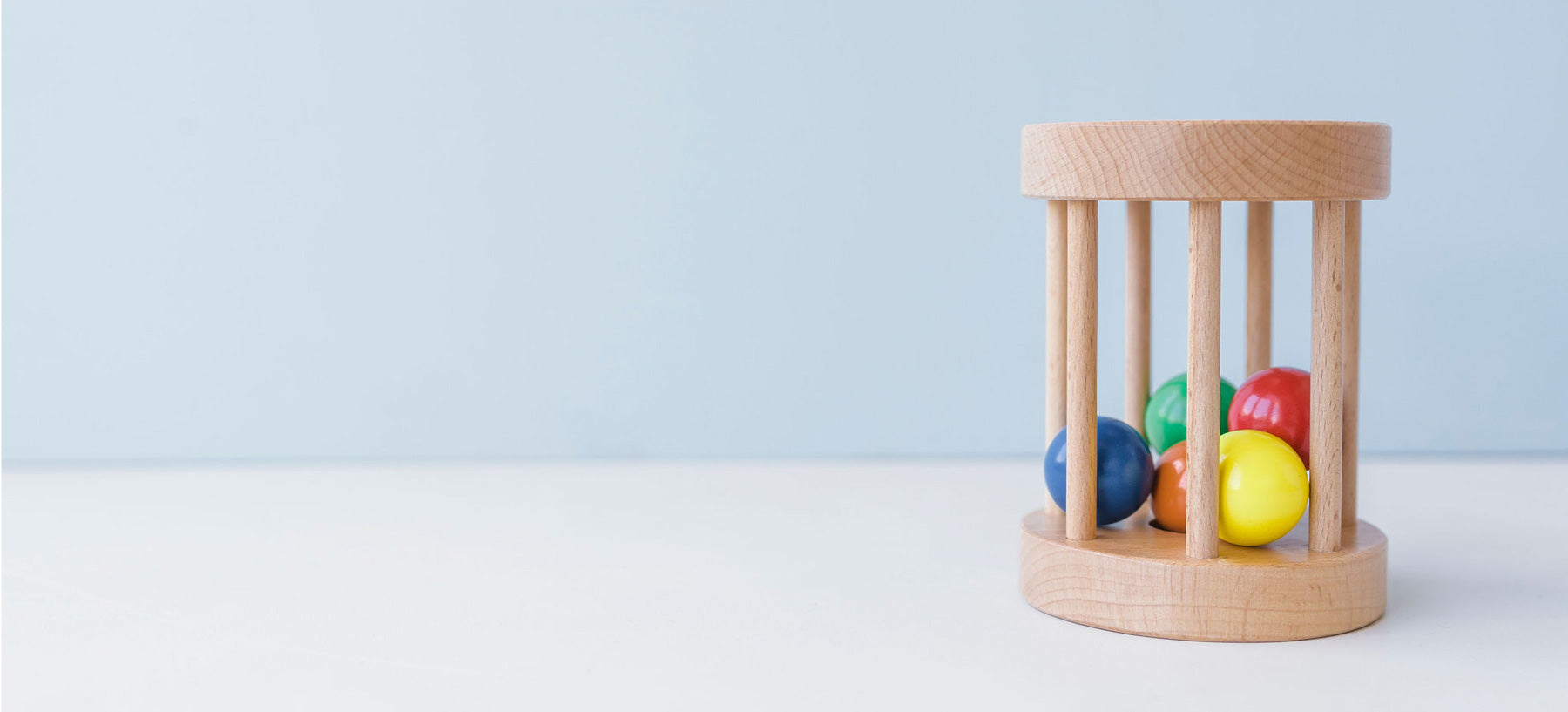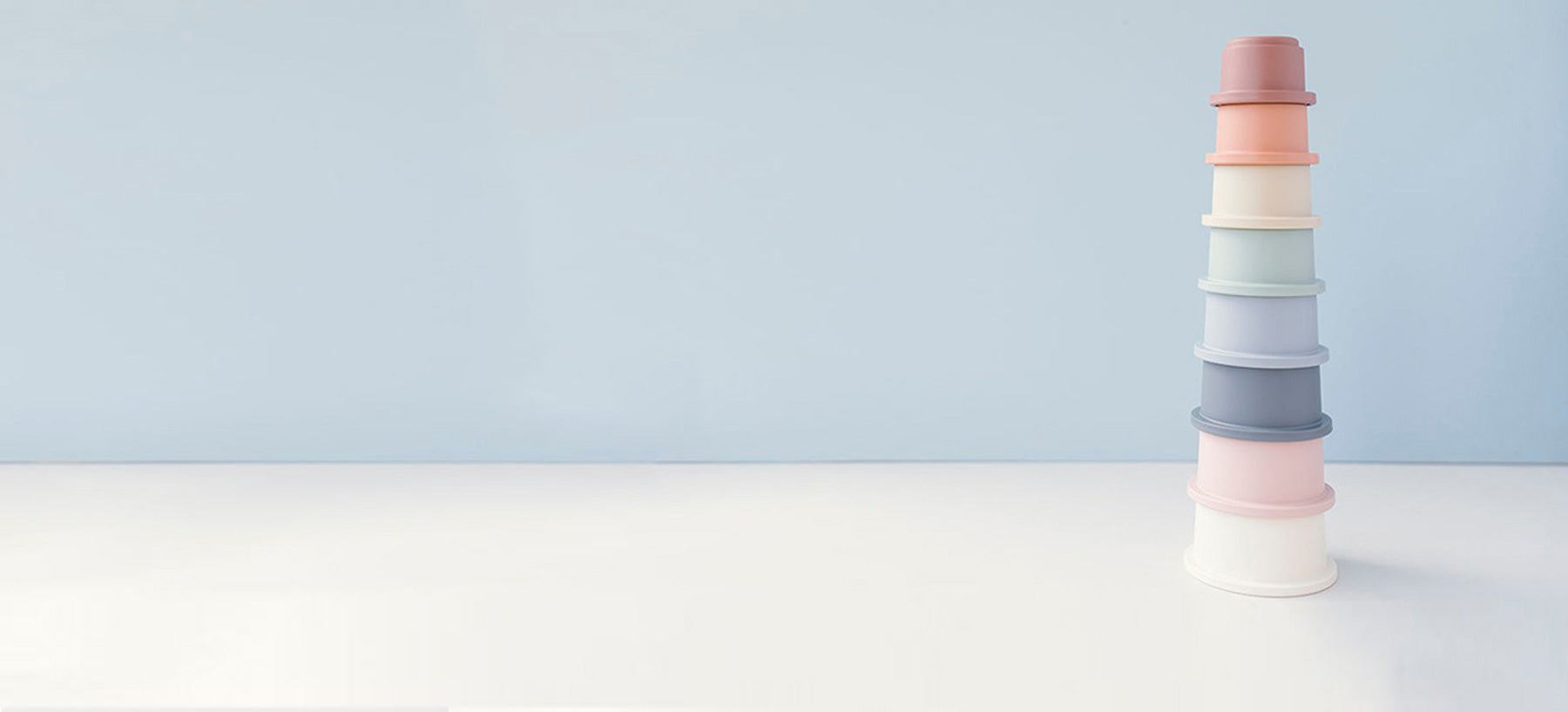Sensory play and how it helps cognitive development
BY JENNI LOW @CREATIVEPLAYIDEAS
"Physical, cognitive and socio-emotional growth and development are more rapid during infancy than in any other period of life. Neural pathways formed during this period are the foundations for all future learning"
(Te Whariki, 2017, p. 13)
Babies and toddlers learn about the world around them by using their senses to explore. From birth, babies are exposed to different sights, sounds, smells and tastes. They move their bodies to see, hear and explore different objects and textures with their hands and mouths. Young children are driven by a natural curiosity to learn and their cognitive development is optimised through active sensory exploration.
What is sensory play and why is it important for cognitive development in babies and toddlers?
Sensory play is any activity that engages a child through their senses. This blog focuses on the primary senses of touch, smell, taste, sight and hearing, as well as movement and balance. When a child's senses are engaged, signals are sent to their brain and they build nerve connections and knowledge about all the different stimuli in their environments.
These primary senses of touch, smell, taste, sight and hearing are commonly heard of. Furthermore, there are two very significant senses that develop rapidly during infancy. The sixth sense is the proprioceptive sense, which relates to movement. As a baby or toddler explores the environment, signals are sent to their brain about their position in space. An infant's proprioceptive sense helps them determine how close they are to obstacles, such as a table leg, and how they will navigate their bodies to move around the obstacle.
The seventh sense is the vestibular sense, which is located in the inner ear and relates to balance and coordination. As an infant swings back and forth, signals are sent to their brain about how they can remain in balance with their head upright. As a toddler learns to stand and walk, they may reach out to stabilise themselves with their hands as their vestibular sense develops to coordinate both sides of their body.

Learning ideas for 0-6 months
At 0-6 months, babies are growing and developing more rapidly than at any other time. Allowing babies the freedom to explore on their back and tummy is optimal for developing their proprioceptive and vestibular sense.
Here is a play idea to support your baby’s development of head control:
Developing head control
Lie your baby in a comfortable position on their tummy. A pillow or cushion may help to support them. Place images on the floor or place an upright book in front of them. This play idea stimulates your baby’s sense of sight and their proprioceptive and vestibular sense as they explore their head position and the position of their body in space.
It is important to note, some babies are very uncomfortable when placed on their stomach. There are other ways to develop head control. Lay down on your back and spend time chest-to-chest with your baby. Or rather than the floor, hold your baby in your arms, on his or her tummy, as you walk around the house.
Learning ideas for 6-12 months
At 6-12 months babies are becoming stronger, more adventurous and increasingly mobile. Water play is a wonderful sensory experience for this age group.
Here are some learning ideas with water:
Water play
There are so many different ways to offer a sensory learning experience with water. Water can be offered in various temperatures, ranging from cold to warm. You could offer water play in different containers when your baby is partially submerged, such as a bath or pool. Alternatively, you could offer water in a tray or small container. Your infant may push the tray or container back and forth, splash the water with their hands, or crawl into the water. You could add drops of colour to enhance the sensory experience or you could add two different colour drops to create a colour mixing experience.
Learning ideas for 12-18 months
At 12-18 months toddlers are becoming increasingly interested in how they can manipulate objects and materials in their environment. They enjoy exploring cause and effect to discover the impact they can have on their surroundings. For instance, they may drop or push a ball to see it roll away.
Here is a sensory learning idea for this age group:
Sensory bottles
Collect recycled plastic bottles, or small plastic containers. Fill them with interesting materials such as leaves, shells, cotton balls, shredded paper or craft materials. Use a glue gun or sellotape to firmly attach the lids and offer them to you infant. The bottles will stimulate your infant's sense of sight and touch as they hold and look closely at the contents of the bottles. Shaking the bottles stimulates their hearing and pushing, rolling and chasing the bottles stimulates their proprioceptor and vestibular senses. To stimulate their sense of smell, you could fill plastic containers with herbs or flowers, poke holes in the lids, or take the lids off and cover with mesh and a rubber band. Allow your toddler to sniff through the lids and experience the different scents.
Learning ideas for 18-24 months
At 18-24 months toddlers are making sense of their world by testing theories. You may see them exploring the different ways objects and materials interact. You may see them engaging in repeat experiences. For instance, your toddler may enjoy the repetition of scooping and pouring sensory materials into cups or bowls. Repetition allows children to gain specific knowledge and mastery of a skill. This is a significant cognitive process, associated with lifelong learning.
Here is a sensory learning idea for 18–24-month-old children:
Scooping and pouring
Offer your child a sensory material in a container. Examples are sand, water, flour, cornmeal, rock salt etc. This play idea should be closely supervised to guide your toddler away from mouthing the sensory material. Offer scooping tools such as a spoon and different containers, for example bowls, cups, pots, baskets. Your toddler may explore the sensory materials with their hands and bodies. They may fill the containers by using their hands as a scoop. They may fill the containers with a spoon, and they may transfer the sensory materials from one container to the other.
As babies and toddlers develop, so does the way they interact with stimuli around them. How they played two months ago will be different to how they play now. Take time to enjoy watching these changes unfold.
Click here to see more @creativeplay ideas by Jenni Low.
References:
https://eyaslanding.com/the-vestibular-and-proprioceptive-systems-the-sixth-and-seven-senses/
Ministry of Education, New Zealand (2017) Te Whariki






